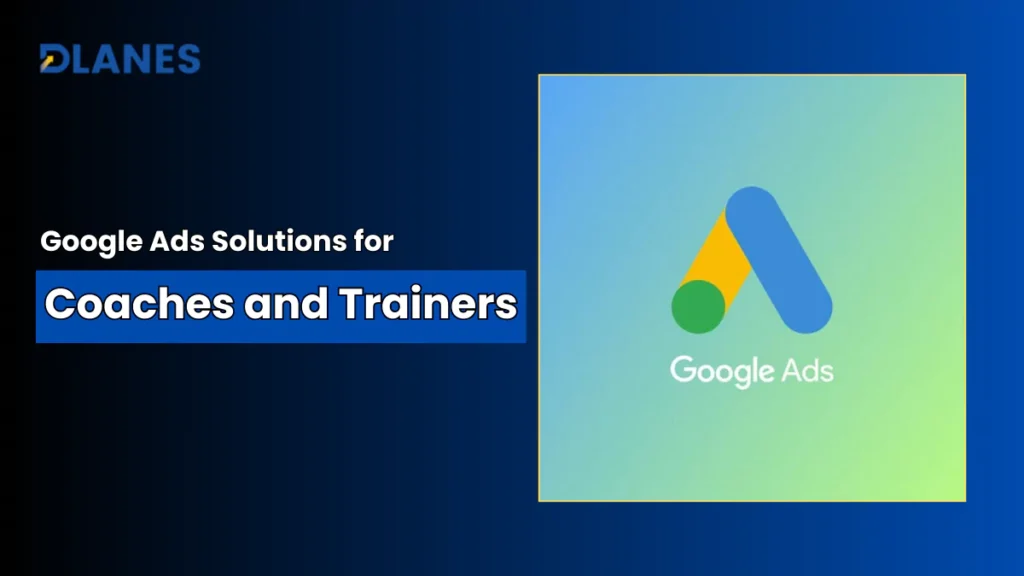Facebook Lead Generation for Coaches and Trainers

By Team DLanes
Table of Contents
Facebook Lead Generation for Coaches and Trainers: A Unique Approach to Solve Common Challenges
In the competitive world of coaching and training, generating quality leads is essential for business growth. Facebook, with its vast user base and powerful targeting options, offers an excellent platform for lead generation. However, many coaches and trainers struggle to effectively utilize this tool. Here’s a detailed guide that not only explains the basics but also addresses common challenges and provides unique solutions to enhance your lead generation efforts.
Why Facebook for Lead Generation?
Facebook boasts over 2.8 billion active users, making it an ideal platform to reach a broad audience. Its advanced targeting options allow you to zero in on your ideal clients based on demographics, interests, and behaviors.
Key Benefits of Facebook Lead Generation
- Extensive Reach: Access a large and diverse audience.
- Precise Targeting: Utilize Facebook’s targeting tools to reach specific demographics.
- Cost-Effective: Manage and optimize your budget to maximize ROI.
- Engaging Formats: Use various ad formats like videos, carousels, and lead forms to capture attention.
The Problem: Common Challenges in Facebook Lead Generation
1. Poor Targeting Leading to Low-Quality Leads
Many coaches and trainers fail to accurately target their ideal audience, resulting in low-quality leads that are unlikely to convert.
2. Ineffective Ad Content
Ad content that fails to capture attention or communicate value can lead to poor engagement and low conversion rates.
3. High Cost Per Lead (CPL)
Without proper optimization, CPL can be prohibitively high, making it difficult to achieve a good return on investment (ROI).
4. Lack of Follow-Up
Leads often go cold without timely and effective follow-up, wasting potential client opportunities.
Our Solution: A Unique Approach to Facebook Lead Generation
Step 1: Advanced Audience Targeting
Utilizing Custom and Lookalike Audiences
Leverage Facebook’s Custom Audiences to target users who have already interacted with your brand. Create Lookalike Audiences to find new potential clients with similar profiles to your existing clients.
Behavioral Targeting
Go beyond basic demographics by targeting behaviors and interests. For example, target users who have shown interest in fitness, self-improvement, or specific coaching methodologies.
Step 2: Crafting High-Impact Ad Content
Storytelling in Ad Copy
Use storytelling to connect with your audience on an emotional level. Share success stories and client testimonials to build trust and demonstrate the value of your services.
Interactive Ad Formats
Utilize interactive ad formats such as video ads, carousel ads, and Facebook Live to engage users. Interactive content can increase engagement rates by up to 47%.
Step 3: Reducing CPL with Optimization Techniques
A/B Testing
Continuously A/B test different elements of your ads, including headlines, images, and CTAs. This can significantly reduce your CPL by identifying the most effective combinations.
Budget Allocation
Allocate your budget strategically across different ad sets and campaigns. Monitor performance closely and shift budget to high-performing ads to maximize ROI.
Step 4: Effective Lead Follow-Up Strategies
Automated Follow-Up Sequences
Implement automated email and messaging sequences to follow up with leads promptly. Personalized follow-up messages can increase conversion rates by up to 10%.
Use of CRM Tools
Integrate a Customer Relationship Management (CRM) tool to manage and track leads. This ensures no lead is forgotten and helps in nurturing them through the sales funnel.
Measuring Success
- Use Facebook Pixel to track conversions and measure the effectiveness of your ads. This helps in understanding which ads are driving the most valuable actions.
- Regularly review your campaign reports to identify successful strategies and areas for improvement. For instance, track metrics such as click-through rate (CTR), conversion rate, and overall ROI.
Frequently Asked Questions (FAQ)
0. How can I accurately target my ideal audience on Facebook?
Utilize Facebook’s advanced targeting options, such as Custom Audiences and Lookalike Audiences. Custom Audiences let you target users who have already engaged with your brand, while Lookalike Audiences help you find new users similar to your existing clients. Use detailed demographic and behavioral data to refine your targeting.
1. What type of ad content works best for attracting coaching and training clients?
Ad content that tells a story or showcases success stories and testimonials tends to perform well. Videos, carousel ads, and interactive formats are particularly effective. Ensure your ad copy is clear, compelling, and includes a strong call to action (CTA) such as “Book Your Free Consultation Now.”
2. How do I reduce my cost per lead (CPL) on Facebook?
To reduce CPL, optimize your targeting to ensure you’re reaching the right audience, continuously A/B test different ad elements, and allocate your budget to the highest-performing ads. Retargeting previous website visitors can also help reduce CPL by focusing on warm leads.
3. What follow-up strategies should I use to convert leads into clients?
Implement automated follow-up sequences using email or messaging to engage leads promptly. Personalize your follow-up messages and offer additional value, such as free resources or a complimentary consultation. Using a CRM tool can help you track and nurture leads effectively.
4. How often should I analyze and adjust my Facebook lead generation campaigns?
Regularly monitor your campaigns, ideally on a weekly basis. Analyze performance data to identify trends and make necessary adjustments. Frequent analysis helps you stay agile and responsive to what works best in your campaigns.
5. How important is it to use Facebook Pixel for my lead generation campaigns?
Facebook Pixel is crucial for tracking conversions, optimizing your campaigns, and gaining insights into user behavior. It allows you to measure the effectiveness of your ads and make data-driven decisions to improve performance and ROI.


